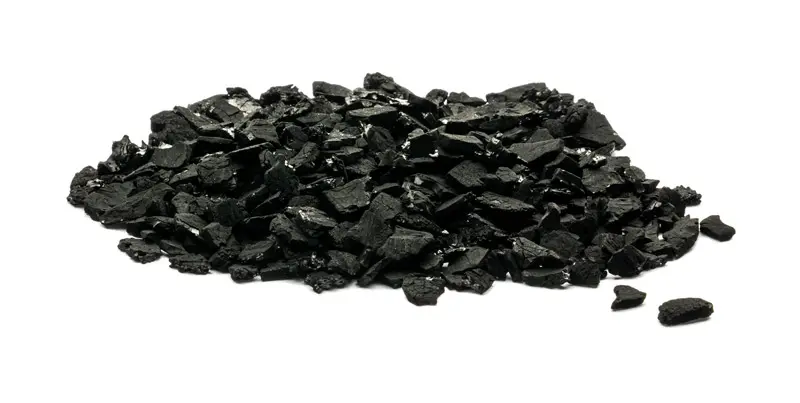Iodine
Iodine is a chemical element with the symbol I and atomic number 53. The name is pronounced ![]() /ˈaɪ.ɵdaɪn/ eye-o-dyne, /ˈaɪ.ɵdɨn/ eye-o-dÉ™n, or /ˈaɪ.ɵdiËn/ eye-o-deen in both American[2] and British[3] English.[4] The name is from Greek ἰοειδής ioeidÄ“s, meaning violet or purple, due to the color of elemental iodine vapor.[5]
/ˈaɪ.ɵdaɪn/ eye-o-dyne, /ˈaɪ.ɵdɨn/ eye-o-dÉ™n, or /ˈaɪ.ɵdiËn/ eye-o-deen in both American[2] and British[3] English.[4] The name is from Greek ἰοειδής ioeidÄ“s, meaning violet or purple, due to the color of elemental iodine vapor.[5]
Iodine and its compounds are primarily used in nutrition, and industrially in the production of acetic acid and certain polymers. Iodine’s relatively high atomic number, low toxicity, and ease of attachment to organic compounds have made it a part of many X-ray contrast materials in modern medicine. Iodine has only one stable isotope. A number of iodine radioisotopes are also used in medical applications.
Iodine is found on Earth mainly as the highly water-soluble iodide I–, which concentrates it in oceans and brine pools. Like the other halogens, free iodine occurs mainly as a diatomic molecule I2, and then only momentarily after being oxidized from iodide by an oxidant like free oxygen. In the universe and on Earth, iodine’s high atomic number makes it a relatively rare element. However, its presence in ocean water has given it a role in biology. It is the heaviest essential element utilized widely by life in biological functions (only tungsten, employed in enzymes by a few species of bacteria, is heavier). Iodine’s rarity in many soils, due to initial low abundance as a crust-element, and also leaching of soluble iodide by rainwater, has led to many deficiency problems in land animals and inland human populations. Iodine deficiency affects about two billion people and is the leading preventable cause of intellectual disabilities.[6]
Iodine is required by higher animals, which use it to synthesize thyroid hormones, which contain the element. Because of this function, radioisotopes of iodine are concentrated in the thyroid gland along with nonradioactive iodine. The radioisotope iodine-131, which has a high fission product yield, concentrates in the thyroid, and is one of the most carcinogenic of nuclear fission products.
 HS-AC
HS-AC